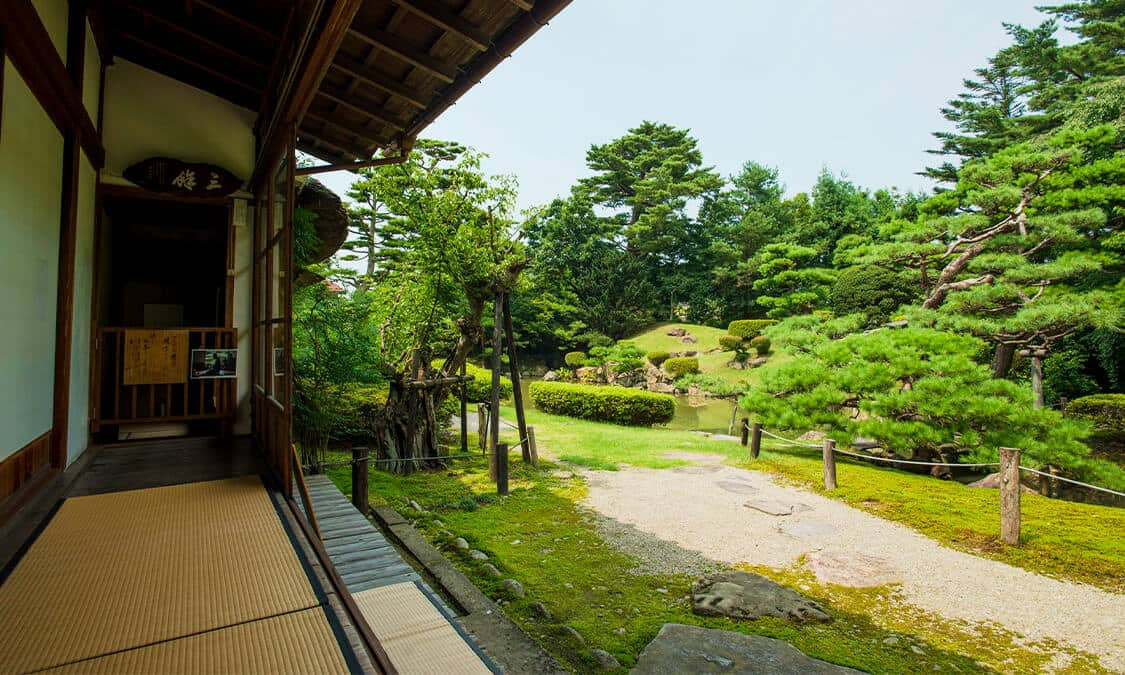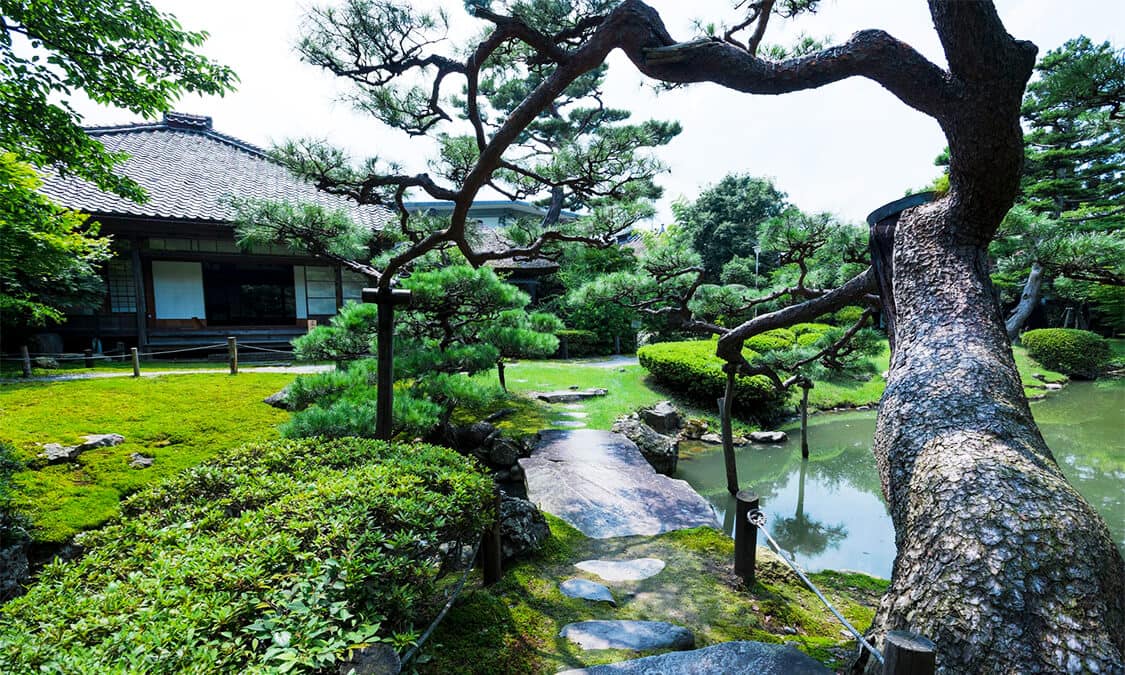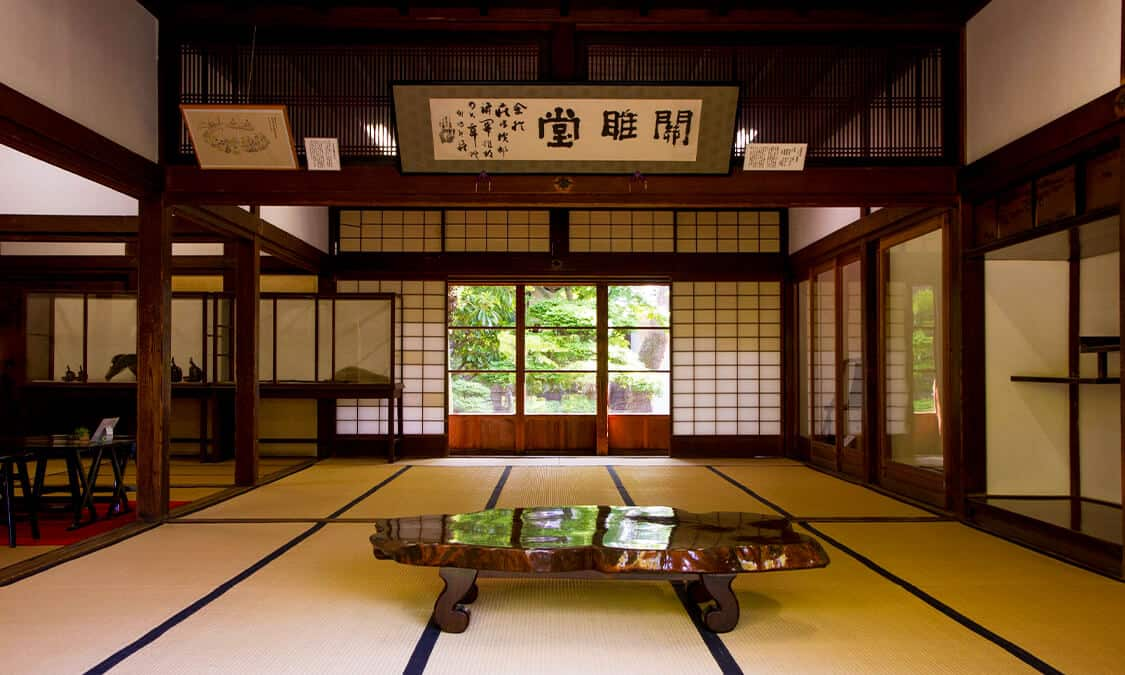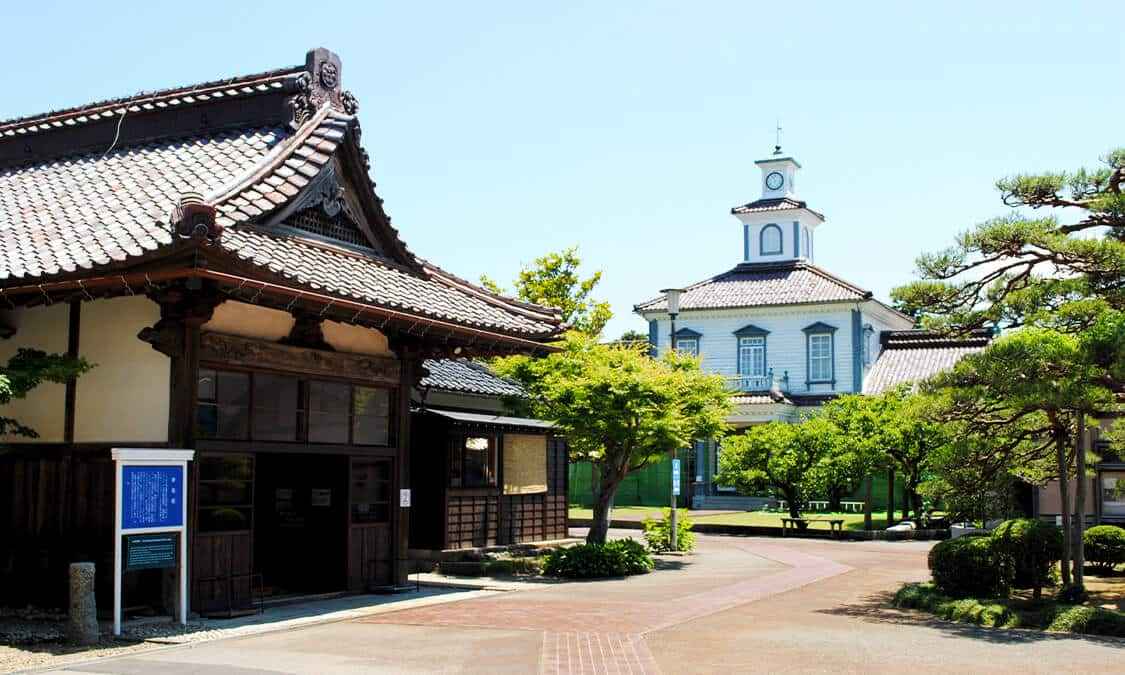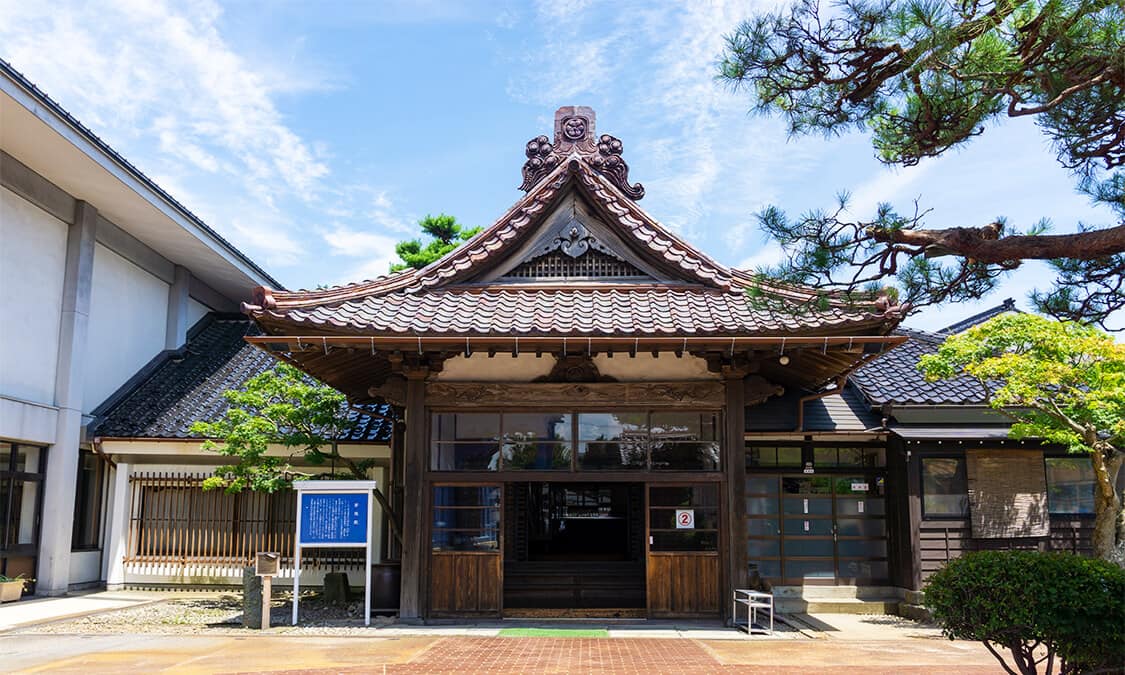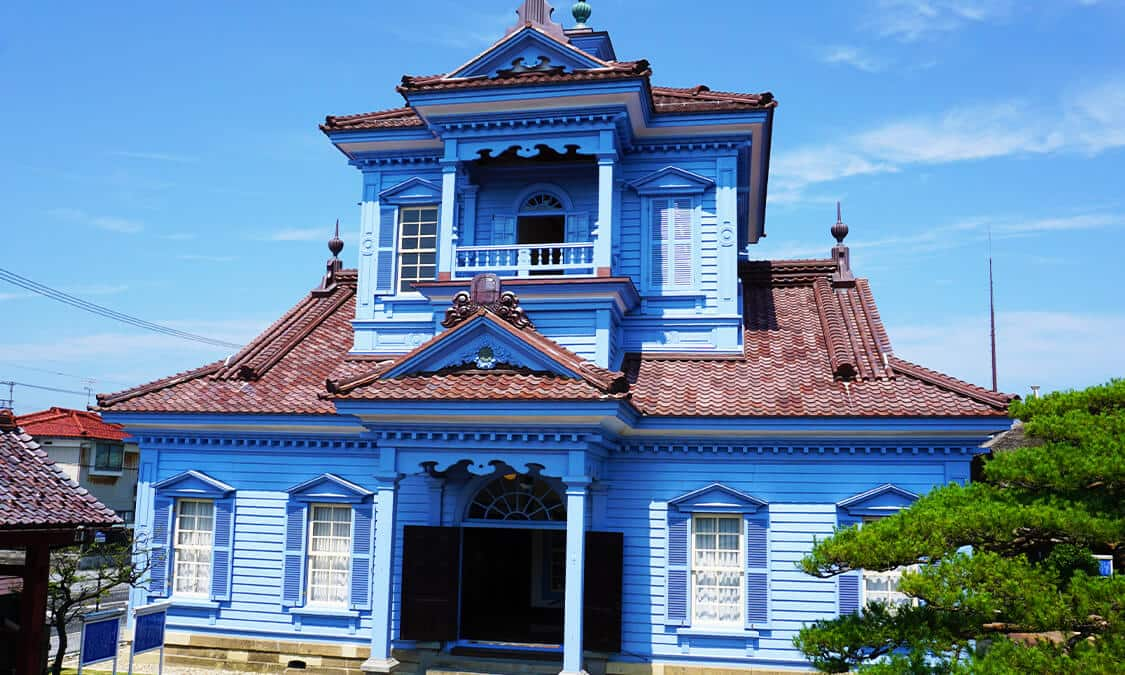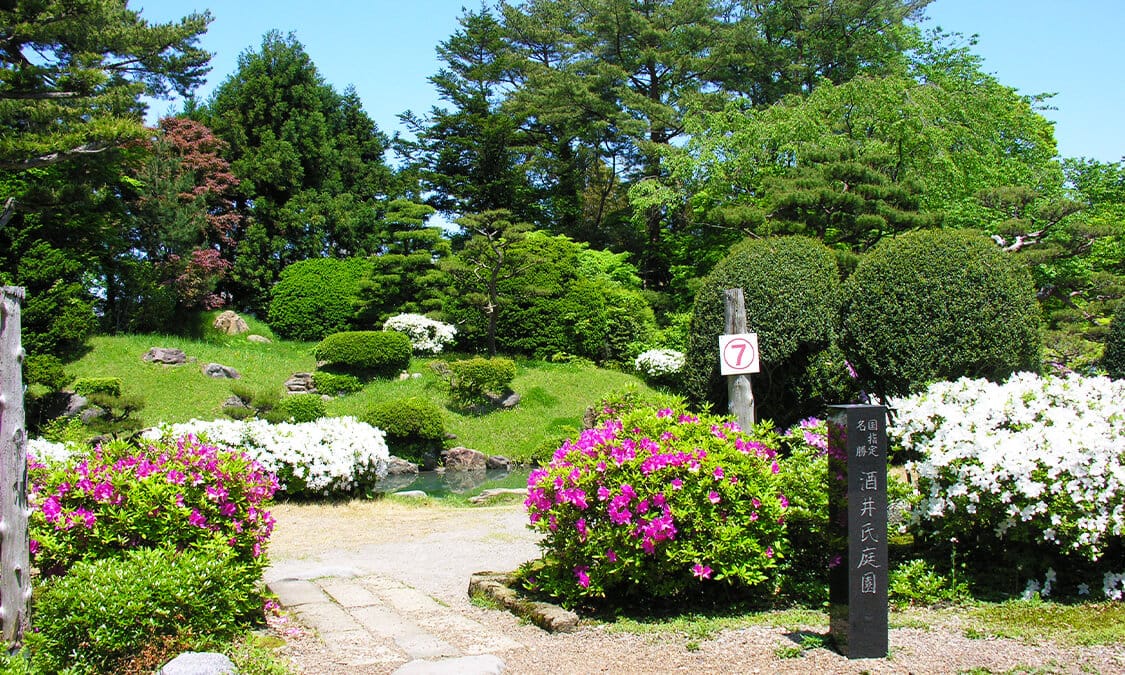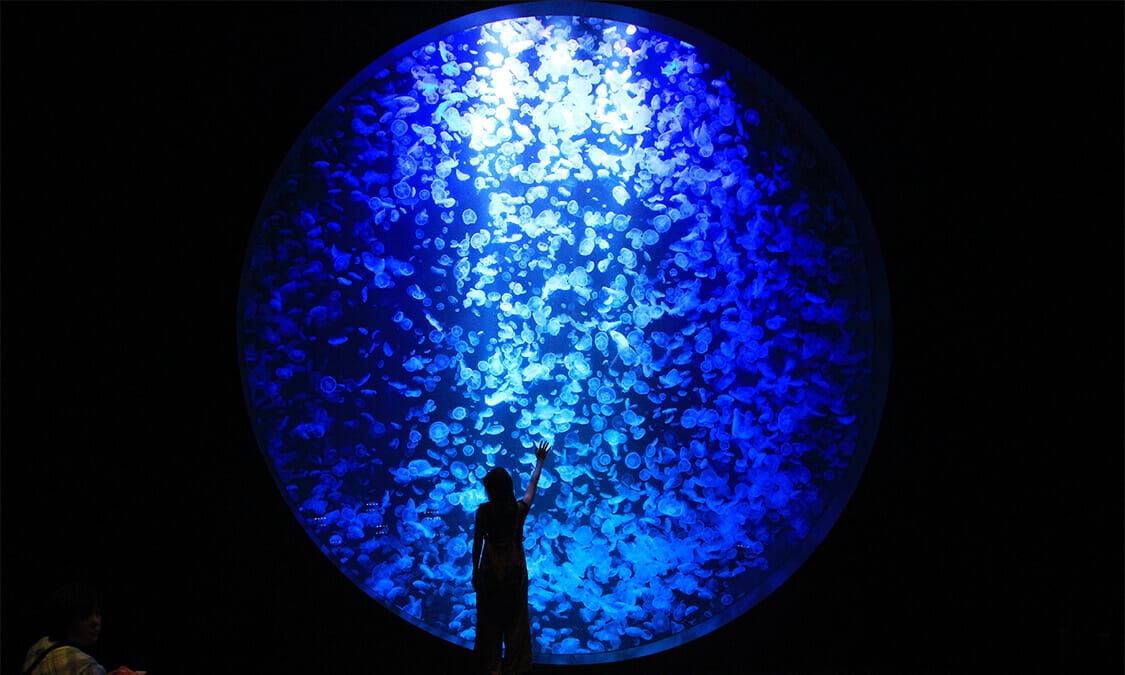- Culture
- Yamagata
Chido Museum

Chido Museum conveys Tsuruoka's rich history and culture to the present day
Located in Tsuruoka, Yamagata Prefecture, the Chido Museum is a large-scale facility with seven permanent exhibits including various historical buildings and gardens. It was formerly a public residence of the Sakai family, head of the Shonai domain, and is now open to the public as a museum. Valuable historical buildings, such as the former Nishitagawa-gun government office and the former Tsuruoka police station, were relocated to this museum. Visitors can get a glimpse of the rich culture and lifestyle of the Shonai region through the rare "shoin-zukuri" Japanese garden and numerous folk cultural assets. The expansive museum is full of lush greenery and located to the west of Tsuruoka Park.

Former Nishitagawa-gun government office building where Emperor Meiji stayed
On the premises of the Chido Museum, one of the buildings that truly stands out is the former Nishitagawa-gun government office. Designated as a National Important Cultural Property, this is the oldest of the many buildings of the Giyofu style (buildings in a Western design but uses a traditional Japanese technique for the basic structure) in Yamagata Prefecture. It was built in 1881 by the order of Michitsune Mishima, Yamagata's first prefectural governor. The master carpenter was Kanekichi Takahashi, who was from Tsuruoka and studied Western architecture. Kanekichi was one of the preeminent master carpenters in Shonai and created many Giyofu architecture structures. The 20-meter-high, two-story wooden building with a clock tower and a central balcony was used as the official lodging when Emperor Meiji visited the Tohoku region. (Part of the Japan Heritage Cultural Asset "Samurai Silk")

Former residence of the Shibuya family with a beautiful thatched roof created from the wisdom of the snow country
Another Important Cultural Property, this multi-storied folk house was moved in 1969 from the Tamugimata area of the former Asahi Village at the foot of Mount Yudono, a region of heavy snow. Originally built in 1822, the house has three to four layers of space to accommodate living in heavy snow conditions with limited habitable lands. Since the family was engaged in silkworm breeding, the second and third floors and the attic were efficiently used as workshops and storage space for sericulture. As a result, it has a unique appearance with a beautiful and well-balanced thatched roof called Kabuto-zukuri, shaped like a samurai helmet. The interior is open to the public to demonstrate people's life at the height of sericulture. (Part of the Japan Heritage Cultural Asset "Samurai Silk")

The Shonai domain school Chidokan reminds us of olden times when samurai engaged in learning
About an 8-minute walk from the Chido Museum, Chidokan is the only existing domain school building in the Tohoku region. It was founded in 1805 by Tadaari Sakai, the ninth feudal lord of the Shonai domain. For around 70 years until the school closed in 1873, Chidokan valued Soraigaku (teachings of Sorai Ogyu), a rare curriculum among domain schools across the country. With an educational policy respecting self-learning, the principal aim was to develop the strong characteristics of each person according to their nature, thus planting the roots to foster the region’s Shitsujitsu-goken (simple and sturdy) educational culture. Today, the main gate (Omote-gomon), Confucius shrine (Seibyou), lecture hall and room for the feudal lord’s visit (Oirima) remain and are publicly exhibited as a designated National Historic Site. (Part of the Japan Heritage Cultural Asset "Samurai Silk")
Location
| Name | Chido Museum |
|---|---|
| Website | http://yamagata-shonai.com/spot_museum.html |
| Address | 10-18 Kachushinmachi, Tsuruoka-shi, Yamagata |
| Access | From JR Tsuruoka Station, take the Yunohama Onsen line bus for 10 minutes, and get off at Chido Museum bus stop |
| Business Hours | March to November: 9:00 to 17:00 December to February: 9:00 to 16:30 |
| Closed | December 28 to January 4, Wednesdays from December to February |
| Inquiries | TEL: 0235-22-1199 |
| Admission | General admission: 800 yen; Students: 400 yen; Elementary and junior high school students: 300 yen |








